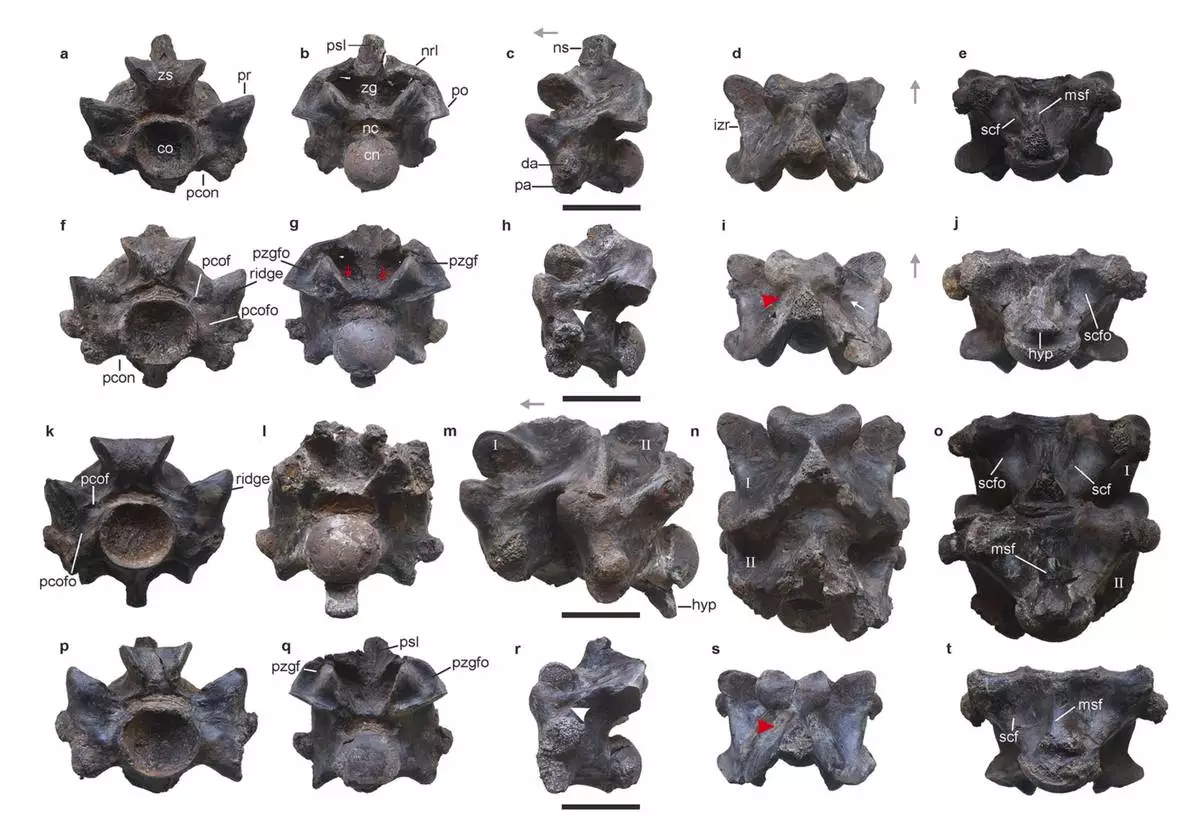‘This is really a thing that we’re dealing with here,’ said commentator Mike Cation.
A tennis match was interrupted by the appearance of a snake apparently attempting to make its way on to the court.
The Atlantic Tire Championships men’s doubles quarter-final between Treat Huey/John-Patrick Smith and Nathan Pasha/Max Schnur – held in Cary, North Carolina – came to a halt three games in when officials became aware of the reptile.
An operation was launched to remove the intruder while commentator Mike Cation provided the play-by-play at the ATP Challenger Tour event.
“This is really a thing that we’re dealing with here,” Cation told viewers.
“When I went to journalism school, this is what I imagined I would be commentating on: snake wrangling… there are copperheads that do live in the area.
“They’ve got the snake in a bucket, now what do you do with the snake once it’s in the bucket? This is one of those moments where you slide something thin underneath – maybe that box.
“You flatten it out, slide that underneath so the snake is trapped within a bucket.”
The offending creature appeared to be caught a short time later, with Cation not missing a beat.
“They have it now and they are sprinting off the court with what could be a very dangerous snake,” he said.
“It looks like it’s going to be a catch and release situation here tonight. Top-notch commentary, my friends.”
Huey and Smith eventually took victory after the incident, triumphing 4-6, 6-2, 10-8.
WASHINGTON (AP) — A ancient giant snake in India might have been longer than a school bus and weighed a ton, researchers reported Thursday.
Fossils found near a coal mine revealed a snake that stretched an estimated 36 feet (11 meters) to 50 feet (15 meters). It's comparable to the largest known snake at about 42 feet (13 meters) that once lived in what is now Colombia.
The largest living snake today is Asia's reticulated python at 33 feet (10 meters).
The newly discovered behemoth lived 47 million years ago in western India’s swampy evergreen forests. It could have weighed up to 2,200 pounds (1,000 kilograms), researchers said in the journal Scientific Reports.
They gave it the name Vasuki indicus after “the mythical snake king Vasuki, who wraps around the neck of the Hindu deity Shiva,” said Debajit Datta, a study co-author at the Indian Institute of Technology Roorkee.
This monster snake wasn’t especially swift to strike.
“Considering its large size, Vasuki was a slow-moving ambush predator that would subdue its prey through constriction,” Datta said in an email.
Fragments of the snake's backbone were discovered in 2005 by co-author Sunil Bajpai, based at the same institute, near Kutch, Gujarat, in western India. The researchers compared more than 20 fossil vertebrae to skeletons of living snakes to estimate size.
While it's not clear exactly what Vasuki ate, other fossils found nearby reveal that the snake lived in swampy areas alongside catfish, turtles, crocodiles and primitive whales, which may have been its prey, Datta said.
The other extinct giant snake, Titanoboa, was discovered in Colombia and is estimated to have lived around 60 million years ago.
What these two monster snakes have in common is that they lived during periods of exceptionally warm global climates, said Jason Head, a Cambridge University paleontologist who was not involved in the study.
“These snakes are giant cold-blooded animals," he said. "A snake requires higher temperatures” to grow into large sizes.
So does that mean that global warming will bring back monster-sized snakes?
In theory, it's possible. But the climate is now warming too quickly for snakes to evolve again to be giants, he said.
The Associated Press Health and Science Department receives support from the Howard Hughes Medical Institute’s Science and Educational Media Group and the Robert Wood Johnson Foundation. The AP is solely responsible for all content.

This image provided by researchers in April 2024 shows views of some of the vertebrae of Vasuki indicus, a newly discovered extinct snake from about 47 million years ago, estimated to reach nearly 50 feet (15 meters) long. The scale bar at the center of each row showing rotated views of an individual vertebra indicates 5 centimeters (almost 2 inches). (Sunil Bajpai, Debajit Datta, Poonam Verma via AP)



